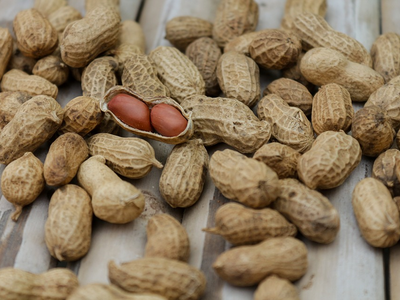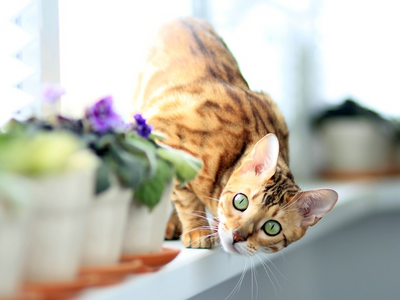05.04.2022
Can cats eat coconut, or are you barking up the wrong tree?
Coconut is one of the most nutritious and refreshing snacks humans enjoy.
Cats are a different kettle of fish, and their diet doesn’t normally feature either coconut flesh or milk. Not even cats in the wild eat coconut as part of their natural diet.
What if your feline is a persistent beggar?
Many cats will try to supplement their food by sharing yours as a sign of affection, so you may be confronted with demands for a piece of the action whenever you treat yourself to coconut.
Can cats eat coconut, and are you safe giving in to their pleas? Read on and find out!
What is coconut made up of?
Coconut flesh is rich in healthy nutrients for humans, and it contains many of the minerals we need.
Coconut is relatively low in carbohydrates but delivers a high dose of fats, typically being made up of the following nutrients:
|
Nutrient group |
Percentage in coconut flesh |
|
Protein |
3% |
|
Fat |
33% |
|
Carbohydrates |
15% |
It is also a rich source of vitamin B complex, as well as the following minerals:
- Manganese
- Copper
- Selenium
- Magnesium
- Phosphorus
- Iron
- Potassium
The fats in coconut are mostly medium-chain triglycerides that humans can easily absorb and use for energy. They are considered far more healthy than the saturated fats found in many animal-based foods.

Coconut flesh and milk won’t make your kitten happy!
Source: Mikhail Nilov
Can cats eat coconut?
Cats’ nutritional needs are very different from those of humans.
Felines require a different balance of nutrients, meaning that coconut may not be ideal for them.
Whereas humans are omnivores and can process nutrients from both plant and animal sources, cats are obligate carnivores. This means that their bodies require:
- Animal protein
- Animal fat
- Little to no carbs
- Vitamins and minerals
Animal protein
Protein is made up of amino acids, the essential building blocks for:
- Muscle build
- Skin and coat
- Organ maintenance
While we can get the amino acids required for health from multiple sources, cats can only get what they need from meat and fish. Plant protein lacks taurine and can only be processed with considerably lower efficiency than animal sources.
The efficiency with which cats metabolise various protein sources can be measured with the protein’s biological value (BV), signifying the percentage of each protein that cats can absorb.
The BVs of the most common protein sources in commercial cat food are:
|
Protein type |
BV |
|
Animal protein, including: |
88%–98% |
|
Vegetable protein, such as: |
45%–68% |
Even the best plant protein source achieves nothing like the metabolic efficiency of animal protein, so cats would need to eat significantly larger amounts of coconut to satisfy their amino acid requirements.
Animal fat
In comparison to humans, cats are good at using fat as a:
- Secondary energy source
- Provider of essential fatty acids
The fatty acids that a cat needs include:
- Linoleic acid
- Arachidonic acid
- Omega-3 and omega-6 acids
These play an important role in maintaining cell structure for healthy bodily functions.
Animal fat also plays a significant part in the taste of cat food.
The best cat food in the world is useless if cats aren’t interested in eating it, so providing an enticing taste and smell is vital in stimulating your feline’s appetite. The taste and smell of animal fat are known to drive cats wild.
Fat should make up to 20% of your cat’s daily food intake. While the coconut is considered a healthy source of fat for humans, it is too fatty for our feline companions, and regular consumption increases the risk of weight gain.
Little to no carbs
Cats don’t deal well with carbohydrates.
Carbs deliver fast-release energy that can be useful for short-term needs, such as hunting or fleeing from danger. Most domesticated felines—in particular indoor cats—spend little time hunting or fleeing, though.
Unused carbs are stored as fatty cells for later use, so taking carbs on board can often lead to cats gaining weight as excess energy is rarely required.
On top of the calorie overload that carbs can induce, they can also be detrimental to a cat’s blood sugar management. Carbs tend to flood cats’ bodies with sugars, meaning that the pancreas has to work overtime to produce enough insulin to manage blood sugar levels and avoid hyperglycaemia. Over time, the pancreas can become overworked, leading to:
- Acute pancreatitis
- Chronic diabetes
Diabetes in your cat means a lifetime of daily insulin injections and careful diet management, both of which are avoidable with grain-free, low-carb (no more than 3%) daily nutrition.
Since coconuts are 15% carbs, they aren’t a suitable food choice for your cat.
Vitamins and minerals
Cats need vitamins A, B complex, D, and E in their diet, as well as trace amounts of a wide range of minerals.
While coconut may be rich in vitamin B complex and minerals, the other essential vitamins are missing, and the mineral balance your cat would ingest may be wide of the mark.
The best sources of vitamins for cats are:
|
Vitamin |
Best sources |
|
Vitamin A |
|
|
Vitamin B complex |
|
|
Vitamin D |
|
|
Vitamin E |
|
Meat provides the correct balance of minerals for cats to maintain healthy bodily functions.

Even the most inaccessible food could become a surreptitious snack!
Source: Pixabay
What happens if a cat eats coconut flesh?
Deciding whether your cats should be allowed to snack on coconut should be a no-brainer after the above information. That being said, cats can be persistent in their demands for a bite of your favourite snacks, so you may be tempted to give in to their coconut demands.
Care is advised because small amounts of coconut should be safe for cats, but regular consumption of coconut flesh can result in:
- Stomach upsets
- Potassium imbalance
- Weight gain
Stomach upsets
Cats have a short, acidic digestive system that is easily put out of sorts by unusual or inappropriate food.
Coconut flesh can cause stomach sensitivity, resulting in:
Most tummy upsets resolve themselves after a few hours, but in extreme cases, coconut flesh could cause more long-term digestive illnesses or knock-on effects, including:
Weight loss is serious for cats as they may begin to mobilise fat reserves in an attempt to get energy. This can lead to the liver becoming flooded with fatty cells, which it has to deposit around its surface area for later processing. This condition, known as hepatic lipidosis, can hinder liver function and requires extensive veterinary treatment.
Potassium imbalance
Too much potassium in coconut flesh can cause severe repercussions for your cat.
Known as hyperkalaemia, an excess of potassium in felines can result in:
- Muscle weakness
- Depression
- Heart palpitations with the risk of coronary failure
Hyperkalaemia has also been linked to urinary tract infections (UTIs), cystitis, and bladder stones. While these can usually be kept in check through a healthy diet consisting of good-quality ingredients, any imbalances caused by eating coconut can ruin the delicate balance your cat needs.

Too many carbs equals too many pounds!
Source: Pixabay
Weight gain
Sedentary, indoor, and neutered cats have a tendency to gain weight as adults.
The only way to stop this from happening is to increase their level of activity and introduce a strict diet without carbs and unhealthy snacks.
While some cat parents are happy with their feline being slightly plump (spelt o-b-e-s-e), being overweight can have long-term consequences as your cat reaches an older age.
Age-related issues linked to obesity in adulthood include:
- Hyperthyroidism
- Mobility and joint issues
- Heart problems
- Respiratory difficulties
Can cats drink coconut milk?
Coconut milk is made from compressed coconut flesh and water and is also to be avoided.
With an equally high concentration of fats and oils but a smaller amount of protein, coconut milk is even more likely to cause stomach upsets and related chronic issues.
The nutritional values of coconut milk are:
|
Nutrient group |
Percentage |
|
Protein |
2% |
|
Fat |
30% |
|
Carbohydrates |
5% |
Some cat parents use coconut milk as a treat, knowing that normal milk—even the lactose-free variety—is bad for their feline.
In truth, coconut milk is likely to cause more harm than good.
How to choose appropriate food for your cat
If your cat’s regular food is of the highest quality, you may find that treats become unnecessary.
Unfortunately, choosing the best meal product for your feline is easier said than done.
With a myriad of choices available—including wet, semi-moist, dry, raw, homemade, or a mix of various meal plans—you could be forgiven for choosing based on random criteria, such as price or flavour variants that your cat likes.
The best way to find the highest-quality nutrition for your cat is to study the label and base your decision on facts.
Three elements on the label will give you all the information you need to create a healthy and tasty diet for your cat, namely:
- Product name
- Ingredients list
- Guaranteed analysis
Product name
Naming conventions in cat food are regulated by law, and the name on a product tells you approximately how much meat it contains.
The law on product names is as follows:
|
Flavour designation |
Percentage of the named meat in the product |
|
“Flavoured with” |
Up to 4% |
|
“With” |
4%–14% |
|
“Rich in” |
15%–26% |
|
“XYZ”, such as Untamed Chocka Chicken, Tuck-In Tuna, or Full-On Fishy |
Over 26% |
Ingredients list
Ingredients have to be listed in descending order by volume, so a specific type of meat should always be at the top.
Manufacturers employ certain tricks to hide the true nature of lower-quality products. The telltale signs are:
- Ingredient splitting—Splitting an ingredient according to how it is processed means that each variant makes up a smaller volume in the final product, meaning that meat stays at the top of the list. A common example would be corn being split into ground yellow corn, cornmeal, and corn gluten
- Undefined meat sources—Some manufacturers list “meat and animal ingredients” as part of their products. This means that you can’t guarantee the formulation, which could result in sensitive, fussy, or allergy-prone cats reacting badly to the food, or suddenly refusing to eat it as the formula is changed
- Complicated scientific names—Any food with a long list of complicated scientific-sounding ingredients should be treated with caution. Additives suggest that the basic ingredients of the food require supplementing to ensure the diet is complete and balanced. This is only the case when the basic components are of low quality
Guaranteed analysis
The guaranteed analysis on the label tells you what percentage of each major food group is in the product.
On its own, the guaranteed analysis doesn’t tell you much but combined with the ingredients list and the product name, you will be able to judge the quality of the product.
A high protein percentage combined with defined meat as the first ingredient, a short ingredients list, and a name that suggests over 26% meat is a sign that you have chosen good nutrition for your cat.

Untamed has everything your cat needs for health and happiness.
Image (c) Untamed
Is feeding Untamed the right thing to do for your cat?
If you want the best for your feline, Untamed is the answer you’ve been looking for!
Untamed cat food ticks all the nutritional boxes to give your feline the best and has a taste that your cat will go wild for.
The principles on which every Untamed recipe is based are:
- Huge amounts of exclusively animal protein
- Vet-formulated nutrition
- Human-grade ingredients
- Ethical manufacturing and logistics
Huge amounts of exclusively animal protein
Every tin of Untamed is packed with meat, meat, and more meat.
With twice the amount of animal protein than most commercial cat foods, Untamed gives your cat the best in nutrition combined with an amazing taste.
Whether you choose our recipes enriched with cat jelly or gravy, happy Untamed cat parents tell us that even cats that normally don’t eat wet food can’t get enough of our products.
Vet-formulated nutrition
Each Untamed recipe has been developed by vets to ensure it is:
- Complete and balanced
- Free from known allergens
- Appropriate for every life stage, from a kitten (after weaning) to a senior
You may even see that Untamed goodness can help with:
- Shedding and hairballs
- Breed-specific requirements (works for Siamese, Maine Coon, Bengal, Persian, Sphynx, or any other cat)
- Pregnant and lactating queens
Human-grade ingredients
Everything that goes into a tin of Untamed is fit for a king. We use only the highest-quality ingredients, with no:
- Additives
- Artificial preservatives
- Colourants of flavour-enhancers
Ethical manufacturing and logistics
Untamed is committed to keeping our planet healthy as well. Our ingredients are sourced from suppliers who are:
- Sustainable
- Cruelty-free and dolphin-safe
- As hot on quality as we are
We make sure our packaging is 100% recyclable, and all our processes are fine-tuned to make sure we remain carbon-neutral.
With all this goodness, surely it’s time to ditch the snacks, like coconut, and try Untamed!
Where can you get Untamed for your kitty?
Getting Untamed for your feline couldn’t be easier! No need for you to go hunting around the supermarket—our online cat food ordering service simplifies everything for you. Here's what you have to do:
- Tell us all about your feline friend
- Pick a tailor-made meal plan
- Order your trial pack
Once your trial pack arrives, your kitty can explore the taste sensations—we will make sure you don’t run out once they have chosen their favourites. Our monthly cat food susbcription comes with free shipping.
Every cat is different, but satisfied cat parents tell us you can expect the following outcomes after switching your furry friend to Untamed:
|
Timeline |
What Untamed can do |
|
After a week |
|
|
In two months |
|
|
After four months |
|
|
For life |
|

Where’s the rest of my Untamed?
Image (c) Untamed
Other substances that are harmful to cats
Coconut is not the only ingredient to avoid in your kitty’s diet. Don’t let your cat indulge in:
- Dairy products, including milk, cheese, and yoghurt
- Allium vegetables, such as onions, garlic, and chives
- Cocoa products and chocolate
- Natural relaxants and stimulants, such as alcohol and coffee
- Citrus fruits
- Grapes and raisins
- Dough, bread, and food containing raw yeast
Cats are naturally curious and may try anything left lying around the house. To avoid unnecessary suffering (and vet bills), you should get into the habit of:
- Keeping potentially harmful food hidden away
- Cleaning up immediately after cooking or eating
- Monitoring your cat closely for signs of illness
If your kitty is an inveterate snacker, here is a list of the treats—besides coconut—you should avoid to ensure your cat stays healthy:
Anything that falls outside your cat’s natural diet is best kept away from your cat.
Check out our other guides to what cats can or cannot eat:
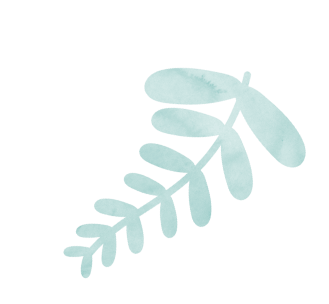
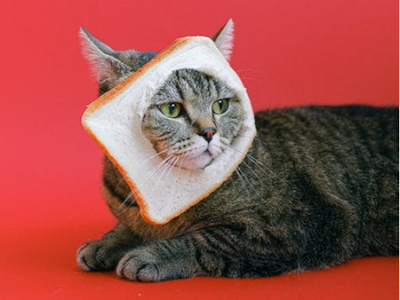
![Associated image for Best food for Ragdoll cats in the UK [Broken Down]](http://untamed.com/cdn/shop/articles/featured_best_food_for_ragdoll_cats_uk_400x300_crop_center.jpg?v=1646818249)
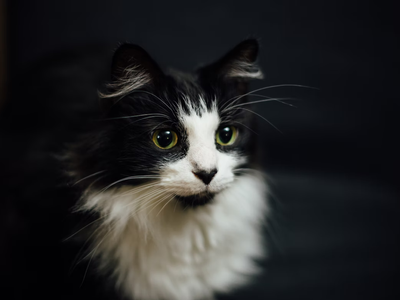
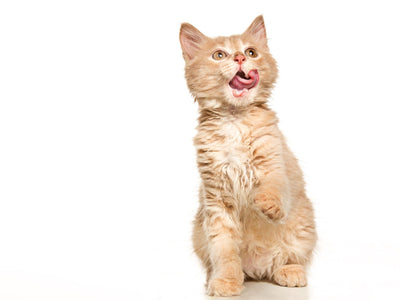
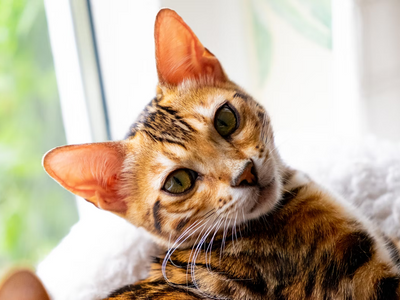
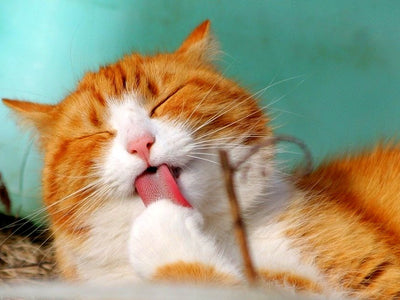
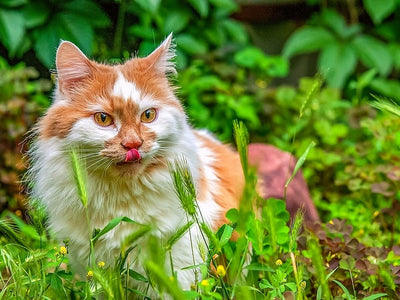
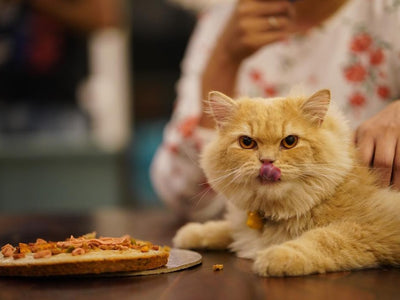
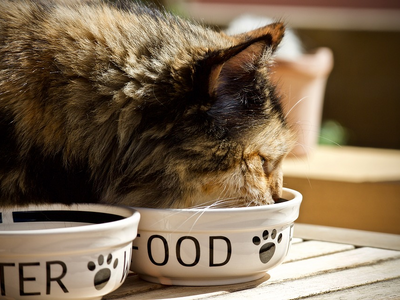
![Associated image for What human food can Sphynx cats eat? [Comprehensive list]](http://untamed.com/cdn/shop/articles/what_human_food_can_sphynx_cats_eat_Featured_400x300_crop_center.jpg?v=1648705074)
